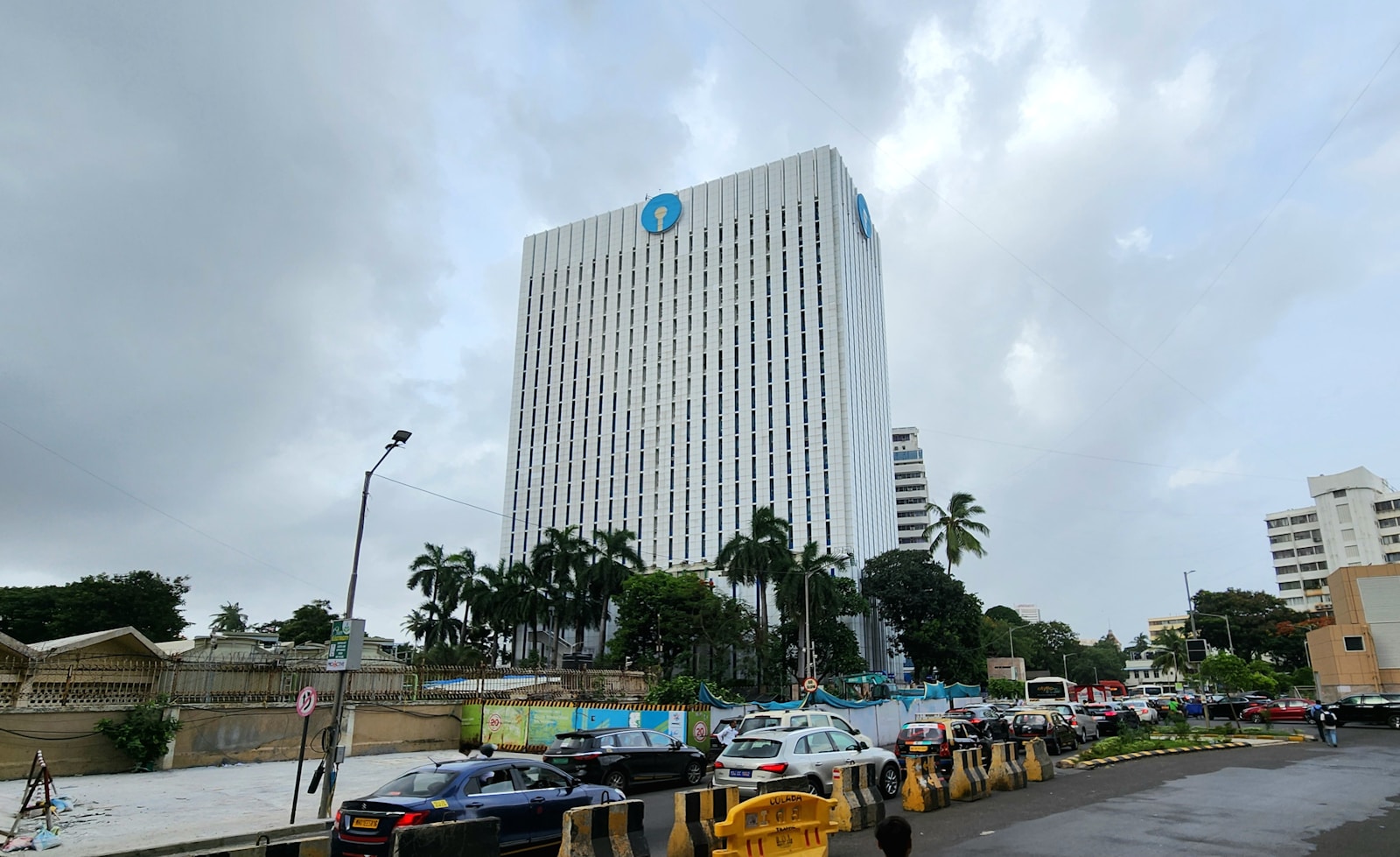Judicial Review Under the SARFAESI Act: Scope, Limitations, and Evolving Jurisprudence

Introduction
The enforcement mechanism under the Securitisation and Reconstruction of Financial Assets and Enforcement of Security Interest Act, 2002 (SARFAESI Act) was intended to provide banks and financial institutions with an expeditious, non-judicial process for recovering non-performing assets (NPAs). Yet, more than two decades after its enactment, questions continue to arise regarding the extent of judicial review available against such recovery actions, especially in light of Article 226 of the Constitution of India.
A recent decision of the Kerala High Court in M/s Grids Engineers and Contractors v. Union Bank of India (2025) reignited this debate, examining whether High Courts can entertain writ petitions challenging SARFAESI proceedings despite the availability of statutory remedies under the Act. The case offers a window into the larger constitutional question as to how far should the judiciary intervene in bank-led recovery proceedings to safeguard due process and fundamental rights?
Table of Contents
The Legal Framework: Balancing Recovery and Rights
The SARFAESI Act empowers secured creditors to enforce security interests without court intervention, primarily through:
- Section 13(2) – issuing a demand notice for repayment;
- Section 13(4) – taking possession of secured assets; and
- Section 14 – seeking assistance of the District Magistrate or Chief Metropolitan Magistrate to obtain possession.
However, Section 17 provides an aggrieved borrower the right to approach the Debt Recovery Tribunal (DRT) against any measure taken under Section 13(4).
This statutory scheme reflects Parliament’s intent to channel disputes through specialized tribunals. Yet, Article 226 of the Constitution gives High Courts wide powers to issue writs to enforce fundamental and legal rights. The friction between these two frameworks expeditious recovery vs. constitutional oversight, forms the core of recurring litigation under the SARFAESI Act.
The Kerala High Court Decision in M/s Grids Engineers and Contractors
In M/s Grids Engineers and Contractors v. Union Bank of India, the petitioners challenged orders passed by the Additional Chief Judicial Magistrate under Section 14 of the SARFAESI Act. They alleged jurisdictional error, procedural lapses in the bank’s actions, and violations of natural justice. The Union Bank of India opposed the petition, contending that since the petitioners had adequate remedies before the DRT, the writ petition was not maintainable.
Justice Mohammed Nias C.P. of the Kerala High Court clarified an important distinction between “maintainability” and “entertainability” of writ petitions. While the existence of an alternate statutory remedy does not oust writ jurisdiction, the Court held that such remedies are a matter of judicial discretion, not an absolute bar. The High Court emphasized that when jurisdictional errors, procedural irregularities, or violations of constitutional rights are alleged, courts must not mechanically dismiss petitions merely because other remedies exist.
Consequently, the Court admitted the writ petition and stayed further SARFAESI actions, stressing that judicial review cannot be abdicated where grave illegality or lack of jurisdiction is evident.
Wider Jurisprudence on Judicial Review in SARFAESI Matters
The Kerala High Court’s reasoning aligns with a long line of Supreme Court precedents affirming the residual supervisory role of constitutional courts even in statutory regimes with specialized forums.
Key rulings include:
- Mardia Chemicals Ltd. v. Union of India (2004) 4 SCC 311 – Upheld the constitutionality of the SARFAESI Act but affirmed that judicial review remains available under Article 226 in exceptional cases involving violation of fundamental rights or principles of natural justice.
- United Bank of India v. Satyawati Tondon (2010) 8 SCC 110 – Cautioned High Courts to refrain from entertaining writ petitions where alternate remedies exist, emphasizing judicial restraint in financial matters.
- Authorized Officer, State Bank of Travancore v. Mathew K.C. (2018) 3 SCC 85 – Reiterated that writ jurisdiction should be exercised sparingly in SARFAESI disputes.
- Phoenix ARC Pvt. Ltd. v. Vishwa Bharati Vidya Mandir (2022) 5 SCC 345 – Clarified that constitutional courts may still intervene in cases of patent illegality, jurisdictional error, or violation of natural justice.
Collectively, these judgments delineate a nuanced standard: judicial review is not excluded but circumscribed. High Courts must balance expeditious recovery with constitutional guarantees, intervening only in rare and exceptional circumstances.
Analysis: Constitutional Oversight in Economic Regulation
The Grids Engineers decision exemplifies the judiciary’s evolving approach toward reconciling economic efficiency with constitutional accountability.
Three key themes emerge:
- Preservation of Judicial Review:
Even amidst economic liberalization and statutory specialization, courts retain the constitutional responsibility to prevent procedural injustice. Judicial review serves as a safety valve against misuse of recovery powers. - Judicial Discipline and Consistency:
The Kerala High Court also emphasized the importance of consistency in intra-court decisions, cautioning against conflicting interpretations by coordinate benches an issue increasingly relevant given the volume of SARFAESI-related writs. - Due Process in Recovery:
The ruling reinforces that even in commercial enforcement, reasoned orders and procedural fairness are non-negotiable. The emphasis on transparent computation of dues and proper authorization of possession reflects the judiciary’s concern with substantive justice over mere procedural compliance.
Conclusion
The Kerala High Court’s judgment in M/s Grids Engineers and Contractors v. Union Bank of India reaffirms the enduring vitality of Article 226 as a constitutional safeguard against overreach in financial recovery proceedings. While the SARFAESI Act remains a vital instrument for resolving bad debts and ensuring credit discipline, the Court’s interpretation ensures that speed does not eclipse fairness.
By delineating the contours of judicial intervention, the judgment strengthens both the integrity of banking mechanisms and the protection of borrower rights, offering a balanced vision of justice in India’s financial regulatory landscape.
In an era of growing NPA pressures and aggressive enforcement by lenders, this decision stands as a timely reminder that economic expediency must coexist with constitutional propriety.
By entering the email address you agree to our Privacy Policy.